
At Schweitzer Engineering Laboratories, the airplanes work for everyone.
June 1, 2015
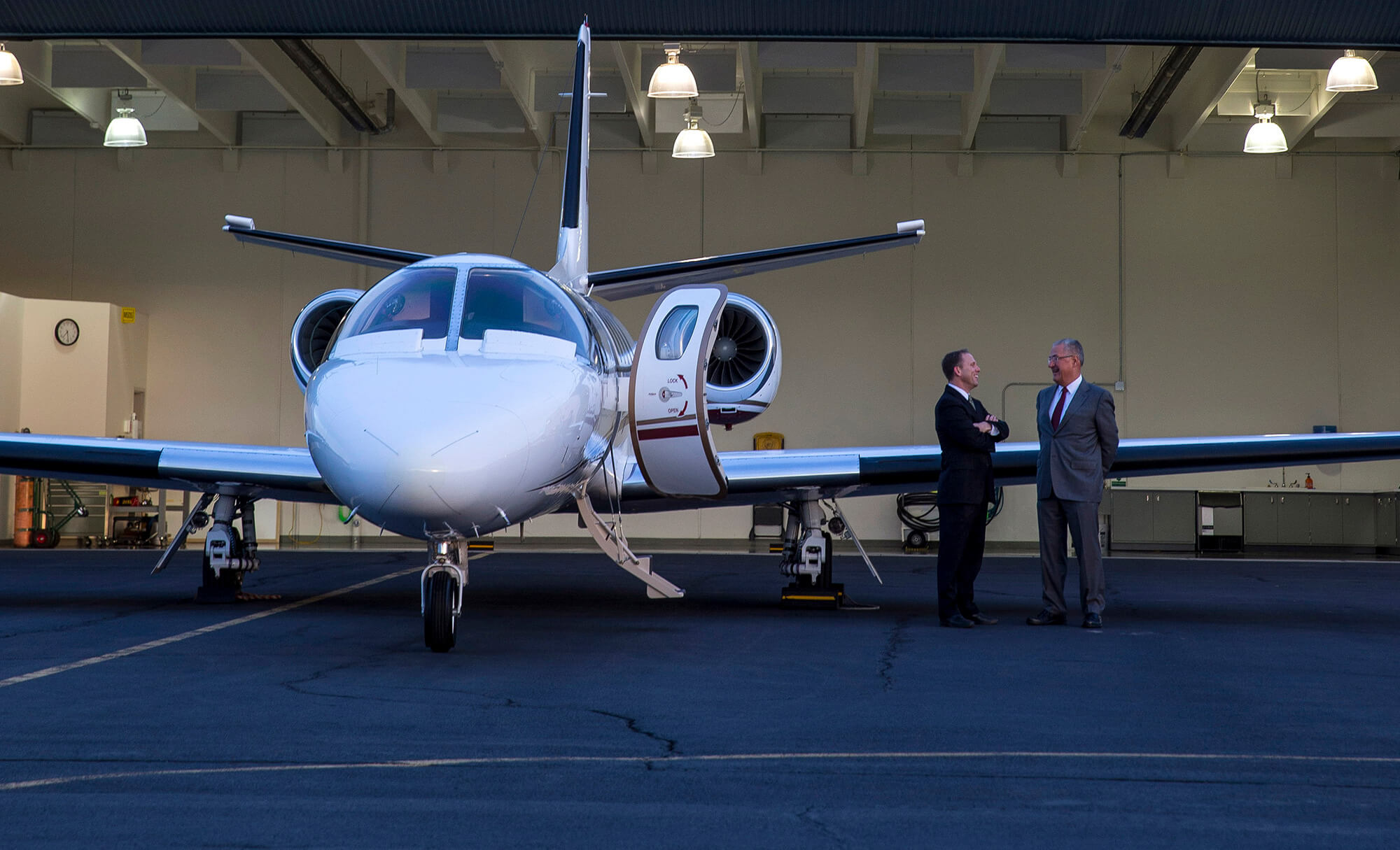
Several years ago, Mark Wray’s maintenance manager came to him and said the flight department could do more work in-house if they only had a borescope. To be useful, it needed to be a very advanced borescope, one that could turn 90-degree corners and record video of the airplane’s internal components.
“One of the things we’ve always done is provide every employee with the tools they need to do their job well,” said Wray, aviation department manager at Schweitzer Engineering Laboratories (SEL), which offers products and services for the protection, monitoring, control, automation and metering of electric power systems. “We’ve saved so much money with that one tool, and we’ve accomplished projects we couldn’t have performed without it.”
That way of doing things is integral to SEL’s culture. It’s why the company recently built a three-story R&D lab at its Pullman, WA headquarters so SEL engineers have the facilities to test every new product for resistance to high temperatures, humidity, physical damage and electrostatic shock. And it’s why SEL bought its first airplane, a Cessna Citation Bravo, in 1999.
A Three-day Trip into a One-day Trip
Ed Schweitzer founded the company in 1982 after inventing the first digital relay for protecting electrical power systems as part of his PhD project at Washington State University (WSU). Being in Pullman – next door to WSU and 15 minutes from the University of Idaho – provides SEL with a strong pipeline of interns and recruits every year.
Today, SEL has thousands of different products for monitoring, automating and protecting power grids in 147 countries. To grow beyond hand-soldering circuit boards in Schweitzer’s basement, the company needed to be able to respond to customer outages more quickly than was possible via airline travel. That’s why the company decided to obtain a business airplane.
One of the things we’ve always done is provide every employee with the tools they need to do their job well.
There are only three commercial flights a day from Pullman, and they all go to Seattle. That means visiting SEL’s very first customer – Otter Tail Power Company in Fergus Falls, MN – took “three [airline] legs and you started by going 250 miles the wrong way,” said Schweitzer.
The Bravo turned a three-day trip to Fergus Falls into a one-day trip. “When something comes up, it’s priceless to be able to be there in a few hours,” said Schweitzer.
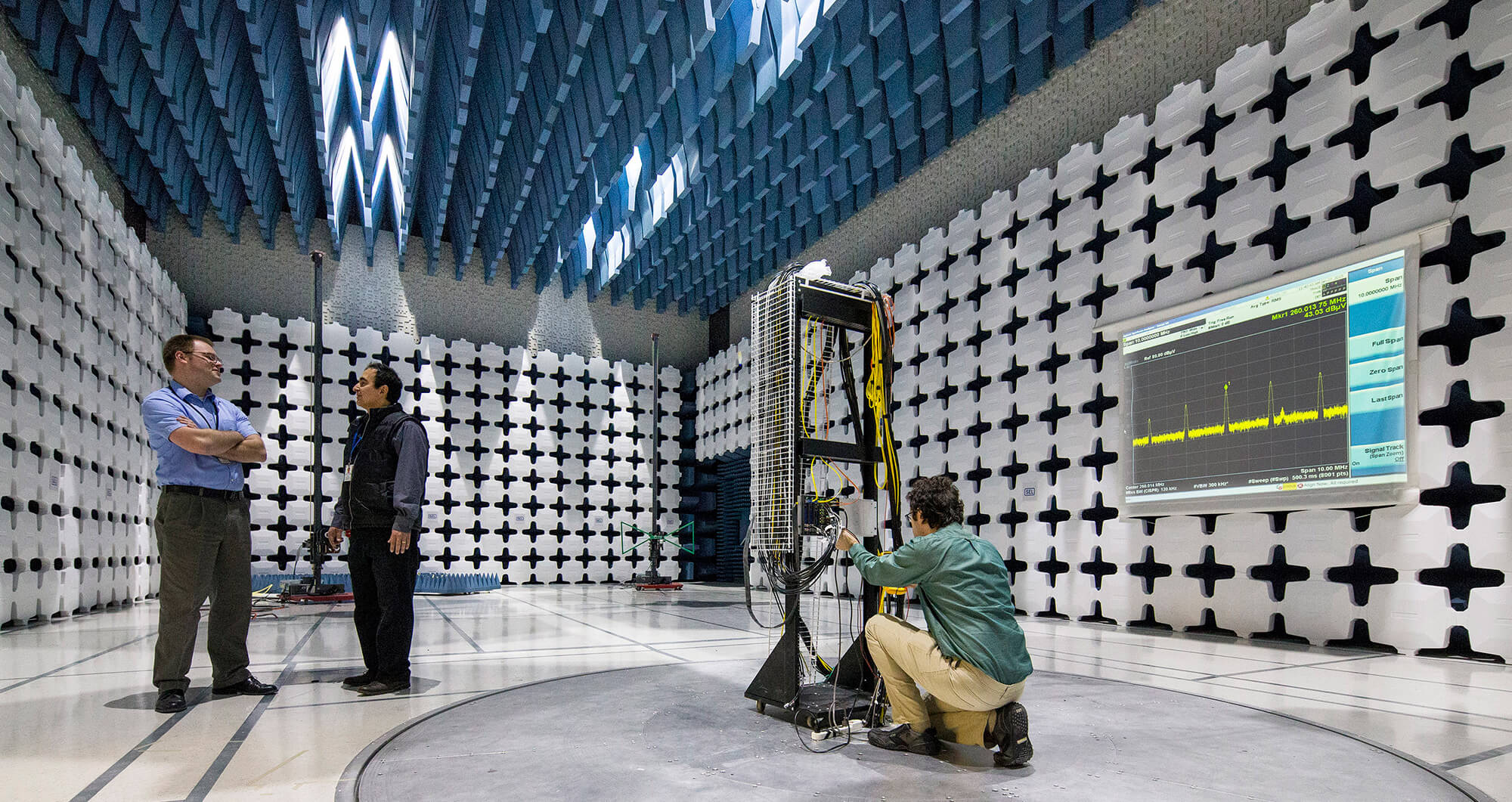
Flying Half the Company
On most flights, SEL’s aircraft go to customer sites, carrying engineers or “SEL University” instructors – specialists who train customers to integrate digital technologies into their power systems. Salespeople and supply chain managers also fly. In the last 15 years, more than 2,200 different employees – over half of the people who work at the company – have flown on the company airplanes.
“The passenger who flew the most last year wasn’t Ed Schweitzer,” Wray disclosed. Ed Schweitzer wasn’t even in the top 10, according to Wray.
SEL is 100-percent employee owned, and business aviation is just another tool employees need to do their jobs. So many different employees fly to so many different offices (SEL has more than 100 around the world) and customer sites, that the company has added three Citation Sovereigns and a Citation X since acquiring the Bravo. The company also opened a second aviation base in Charlotte, NC, where one of the Sovereigns transports people between customer support offices from Nashville to Philadelphia.
“I’m convinced we would not be a company of 3,700 people without business aviation,” said Schweitzer. “Recently some of our engineers and assemblers flew to New York to look at the latest electronic assembly-line equipment. As employee-owners, they’re using the company’s tools – the airplanes – to make an investment decision on the tools they use on the manufacturing floor.”
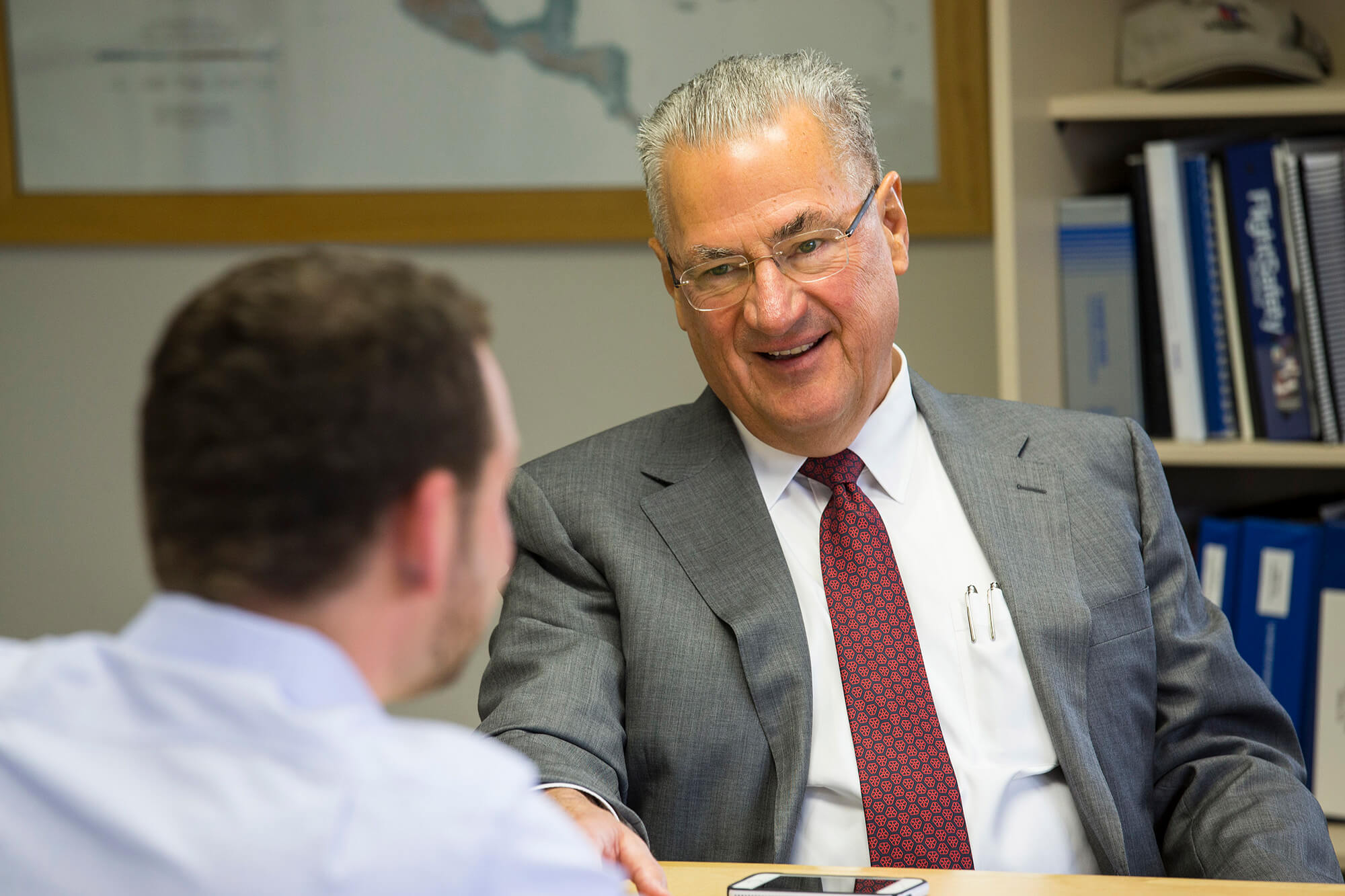
No Gain campaign.
Working Together to Fill Seats
While the SEL aircraft are available to every employee with a business need, the flight department still has to educate some workers on the value of business aviation.
When SEL first opened the Charlotte base, utilization of the Sovereign based there was initially low, said Wray. “One of our biggest challenges was educating the employees in those offices that the airplane was available to them.”
To show all SEL employees how the airplanes have contributed to the company’s growth and remind them that the aircraft is there for them to use, Wray has made presentations at SEL staff meetings live-streamed to national and international offices.
Meanwhile, the flight department’s schedulers aim to fill seats on all the company aircraft by working alongside the people in the corporate travel department, which handles employees’ airline travel. They all sit together in a single office, where there’s a large white board that lists SEL’s largest facilities, along with the name of every employee who needs to visit those locations.
“When we have an aircraft going to one of those offices, we call those people [listed on the board] to see if they’d like a seat,” said Kori Whitcomb, SEL’s dispatch manager. If the company aircraft can’t meet an employee’s travel schedule, the corporate travel department arranges airline flights for them.
When the schedulers have run through all the names on the white board and there are still empty seats, “we’ll send an email to each department to let them know where the aircraft is headed,” said Whitcomb.
Using this scheduling technique, the Charlotte-based Sovereign had the highest utilization of all SEL’s airplanes within three years, flying nearly 500 hours annually.
Identify, Measure, Improve
“We call that process ‘Identify, Measure, Improve,’” said Wray, and it guides everything SEL does, from the flight department to the manufacturing floor. For example, if a supplier cannot deliver a component that meets SEL’s standards, SEL will manufacture that component in-house.
SEL is so vertically integrated because many of the company’s products are custom- built to customer specifications and are designed so that every product meets their high standards of quality.
A stalwart industry supporter, Ed Schweitzer also serves as one of the faces of the No Plane No Gain campaign.
The company’s emphasis on quality “rubs off on everything,” said Wray. In addition to its safety management system, the flight department has also put in place a quality management system focused on measuring and improving the passenger experience.
“Quality is really intertwined with safety,” added Wray. In the flight department, hazard reports are an opportunity to identify issues, measure them and improve. Similarly, Schweitzer officials say products returned by customers and handed over to the R&D lab “are worth their weight in gold” for identifying faults.
“We’re constantly evolving,” said Schweitzer, “Everything we do is a continuous learning experience.”
Building Rugged Computers for NextGen
When Harris Corporation, the lead contractor on the FAA’s Data Communications (DataComm) initiative, needed highly reliable computers for the project, it turned to SEL.
As part of the NextGen air traffic management system, DataComm eventually will replace many two-way radio voice transmissions by enabling pilots and air traffic controllers to send text messages to each other. In 2014, Harris worked with SEL to develop a solution to the FAA’s need for dependable computers at base stations around the country – the ground units that communicate with aircraft in flight.
That solution is the SEL-3355 rugged computer, which has no fans, vents or moving parts. Instead, it uses solid-state memory and copper heat pipes to manage the temperature of its components. “We designed the SEL-3355 to last for 20 years,” said Dave Whitehead, SEL vice president of R&D. “Engineers can even remotely monitor and mediate its systems.”
SEL will provide more than 300 SEL-3355 computers for the NextGen project.
“For NexGen, it’s vital to have extremely reliable communications with aircraft as they’re traveling across the country,” said Whitehead. “It’s been really exciting for us to take the products we build for the electric utility industry and apply them to critical infrastructure in other industries, such as aviation.”
Snapshot: Schweitzer Engineering Laboratories (SEL)

Bases: Headquartered on Pullman-Moscow Regional Airport (PUW). A second base is located at Charlotte Douglas International Airport (CLT).
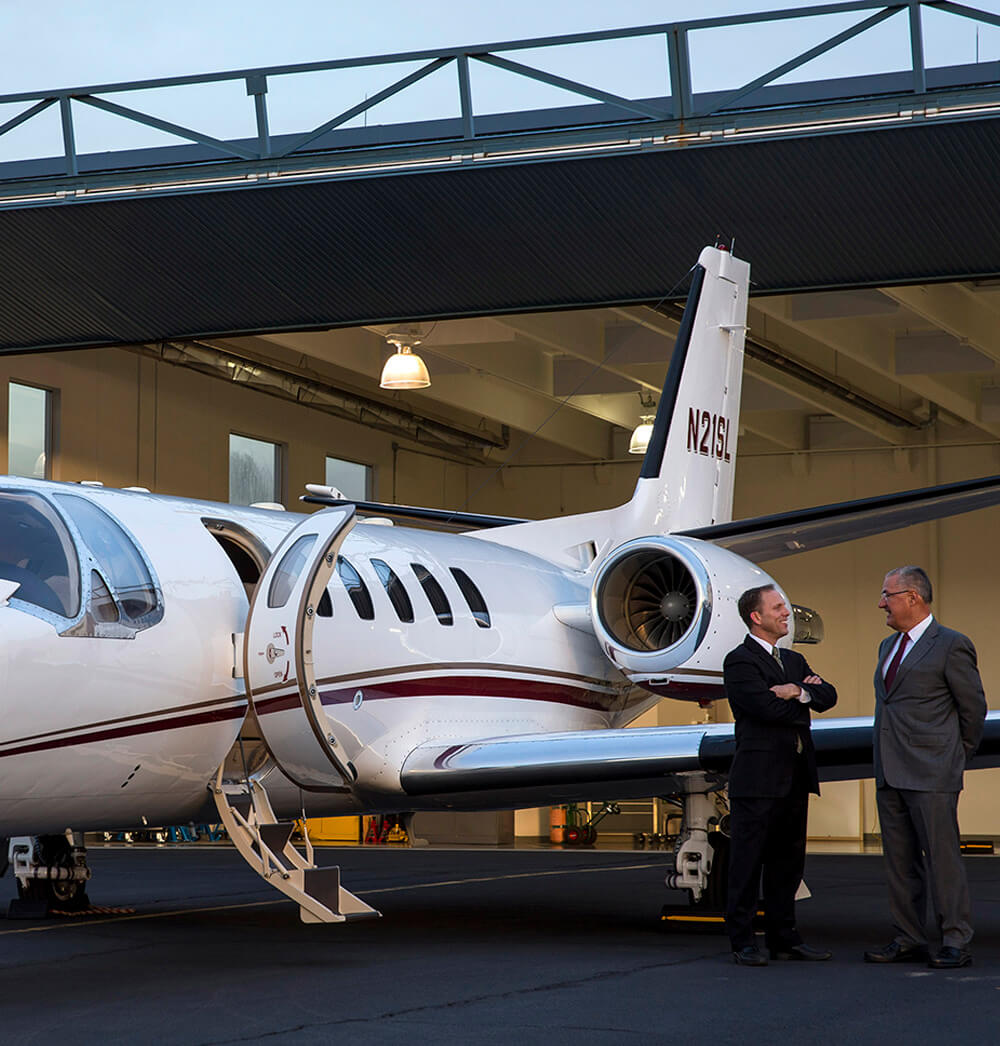
Aircraft: One Cessna Citation Bravo, three Citation Sovereigns, one Citation X.
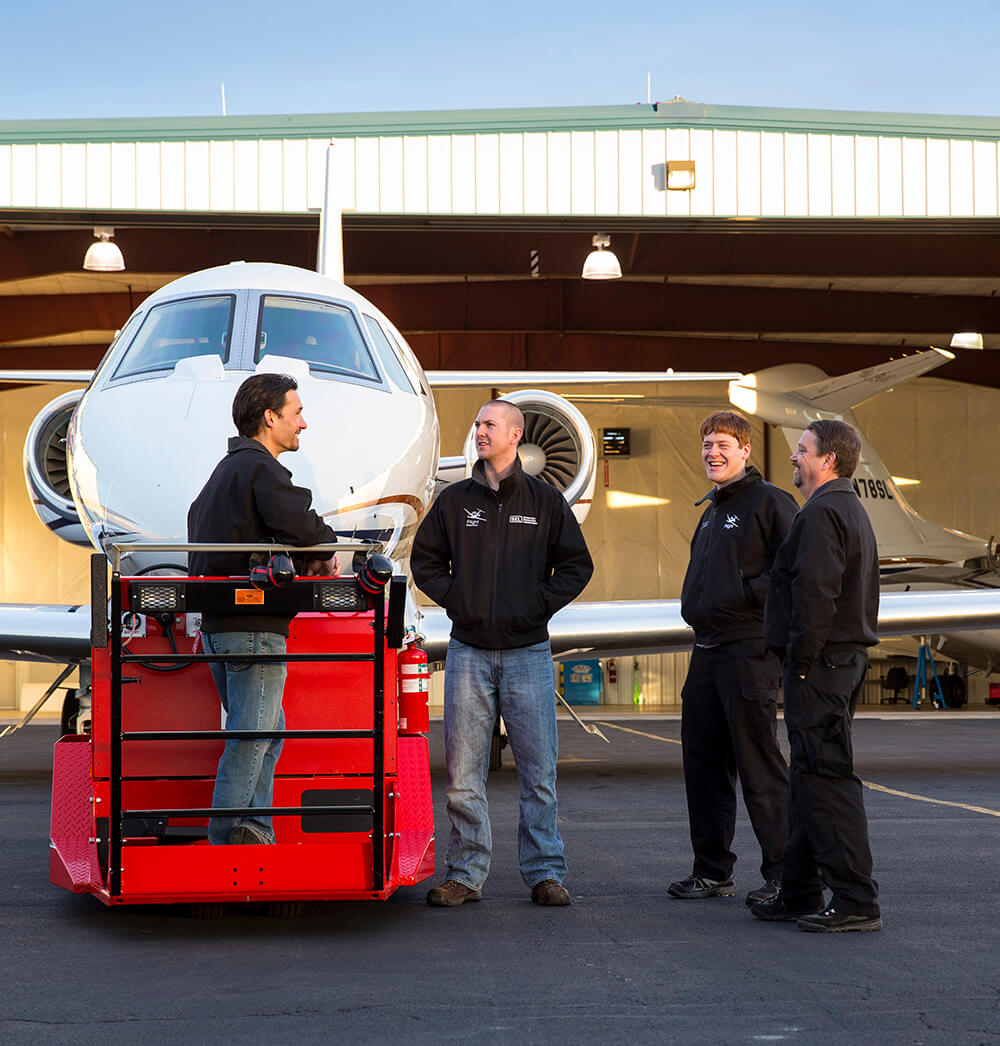
Personnel: 14 pilots (including a department manager who flies), four maintenance technicians, two line technicians, two dispatchers, three corporate travel coordinators, one administrative assistant.


 International Business Aviation Council Ltd.
International Business Aviation Council Ltd.